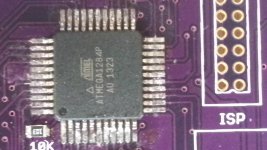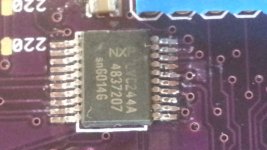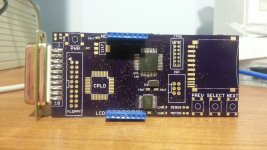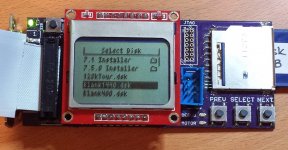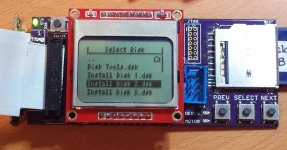bigmessowires
Well-known member
It's been a long time and many late nights coming:
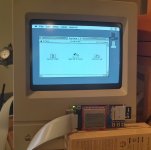
That's a Mac Classic booted from a System 7.0 high-density 1.44 MB emulated floppy. WOOOOO!
The same board now works on anything from a Mac 128K to the Mac II series (and beyond?), with 400K, 800K, and 1440K disk images in either raw or DiskCopy 4.2 format.
If you've got a board, you can try the new firmware here: http://www.bigmessowires.com/floppy-emu-1.0F-F7.zip

That's a Mac Classic booted from a System 7.0 high-density 1.44 MB emulated floppy. WOOOOO!
The same board now works on anything from a Mac 128K to the Mac II series (and beyond?), with 400K, 800K, and 1440K disk images in either raw or DiskCopy 4.2 format.
If you've got a board, you can try the new firmware here: http://www.bigmessowires.com/floppy-emu-1.0F-F7.zip


